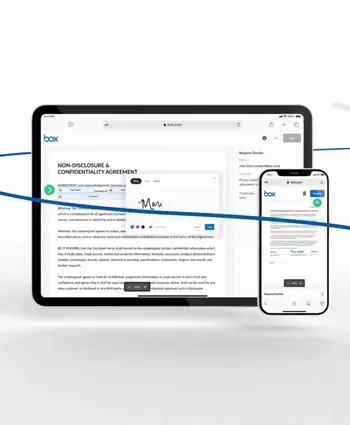
Post-production Considerations for Corporate Videos
Post-production demands tech, creativity, strategy. Here's what to consider for this critical video stage.
Creating a corporate video doesn’t end when the director calls 'cut.' The post-production phase, often underestimated in its complexity and significance, is where your raw footage transforms into a polished masterpiece. Delving into this critical stage of video creation requires a blend of technical know-how, creativity, and strategic thinking. Here are some key considerations to bear in mind during the post-production process.
1. Video Editing
At the heart of post-production lies the art of video editing. It's during this process that the story truly takes shape. Begin by organising and labelling your footage, ensuring you're familiar with every clip. Use professional editing software, like Adobe Premiere Pro or Final Cut Pro, to trim, arrange, and stitch together shots. Aim to craft a narrative that’s cohesive, engaging, and reflective of the corporate message you wish to convey.
2. Colour Correction and Grading
Colour plays a pivotal role in setting the mood and tone of your video. Begin with colour correction, which ensures consistency and addresses any issues like overexposure. Following this, delve into colour grading, a creative process that enhances or adjusts the video’s aesthetics. Whether you're striving for a vibrant, dynamic look or a subdued, professional tone, colour grading makes it possible.
3. Sound Editing and Mixing
Clear, balanced audio can elevate the overall impact of your video. Start by cleaning up any background noises and enhancing voice clarity. Sound editing also involves syncing dialogues with visuals and ensuring consistent audio levels. For a richer soundscape, consider mixing in background music or ambient sounds, being careful to select tracks that complement the video's tone without overpowering the primary audio.
4. Graphics and Animations
Incorporating graphics or animations can add depth and dynamism to your corporate video. Whether it’s a simple logo reveal, animated infographics to break down complex data, or motion graphics to emphasise certain points, these elements can enhance viewer engagement. Remember, while animations can be captivating, they should be used judiciously to support the narrative, not overshadow it.
5. Text and Titles
On-screen text, whether it's subtitles, captions, or title sequences, can significantly boost comprehension. When integrating text, ensure it's legible, consistent with your brand's font, and remains on-screen long enough for viewers to read. Also, consider localising content by providing subtitles in multiple languages if your corporate video targets a global audience.
6. Transitions
Transitions act as the bridge between different segments of your video. While there's an array of creative transitions at your disposal, it's crucial to select those that flow naturally within the corporate context. Avoid overusing flashy transitions and instead, opt for subtle, seamless ones that maintain narrative coherence.
7. Feedback and Revisions
Once the initial edit is complete, gather feedback from stakeholders. It's vital to approach this with an open mind, understanding that revisions aim to enhance the video's effectiveness. Constructive critique can offer fresh perspectives, revealing areas of improvement you might have overlooked.
8. Music and Soundtrack Selection
A well-chosen soundtrack can amplify the emotions you wish to evoke. Source royalty-free music or consider investing in custom compositions. The chosen track should align with the video's pacing, tone, and content. Always ensure you have the necessary rights to use the music to avoid copyright infringements.
9. Final Quality Check
Before rendering the final video, conduct a thorough quality check. Scrutinise visuals for any discrepancies, ensure audio levels are balanced, and verify that all graphics or texts appear as intended. This meticulous review reduces the chances of post-release modifications.
10. Export and Storage
Determine the appropriate video format based on where you'll be distributing the video. For instance, a video meant for a YouTube audience might differ in specifications from one intended for a corporate presentation. Once exported, ensure the video is stored securely, with multiple backups for safety.
Wrapping up
Post-production is where the magic truly happens, transforming raw footage into a refined corporate video. By giving due attention to each step and adopting a detail-oriented approach, businesses can craft compelling videos that resonate with their audience, uphold brand standards, and deliver the intended message with precision.

Written by Emily Malone Marketing Manager for Venture — a full-service video production agency that specialises in producing creative videos & campaigns that get real results.
![How to Write a Video Brief in 7 Easy Steps [Free Video Briefing Template]](https://www.venturevideos.com/hubfs/Download%20images/video%20production%20brief%20template%20optimised.webp)








